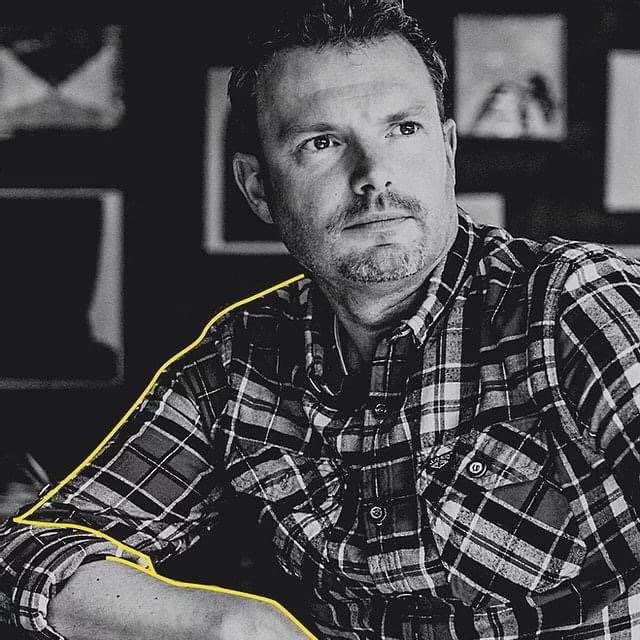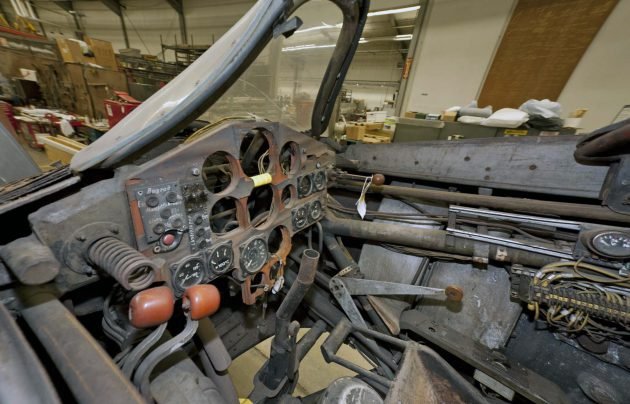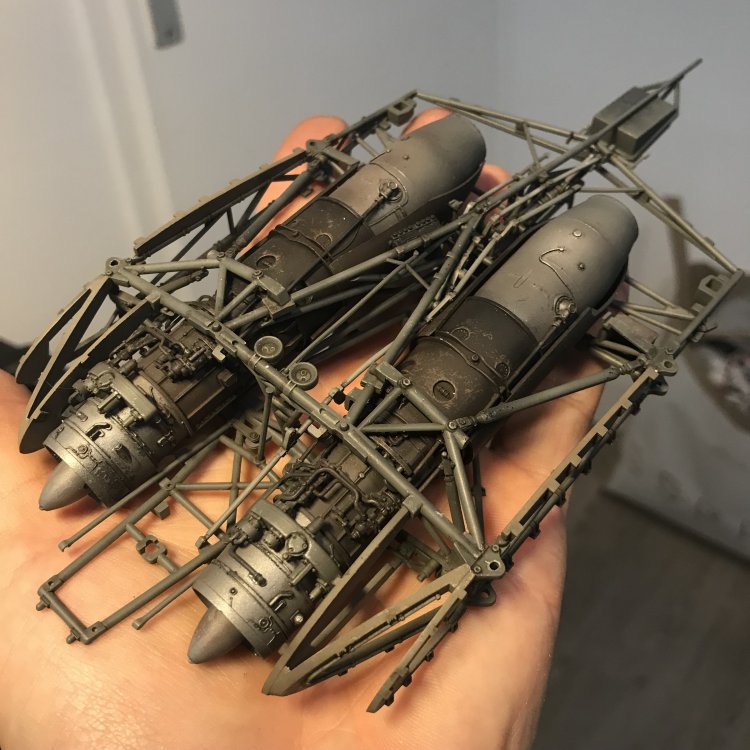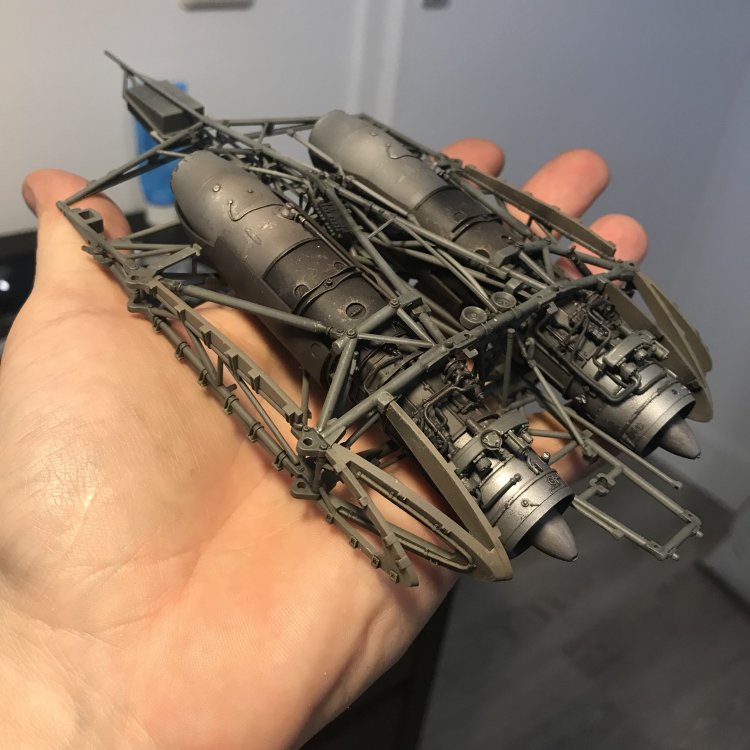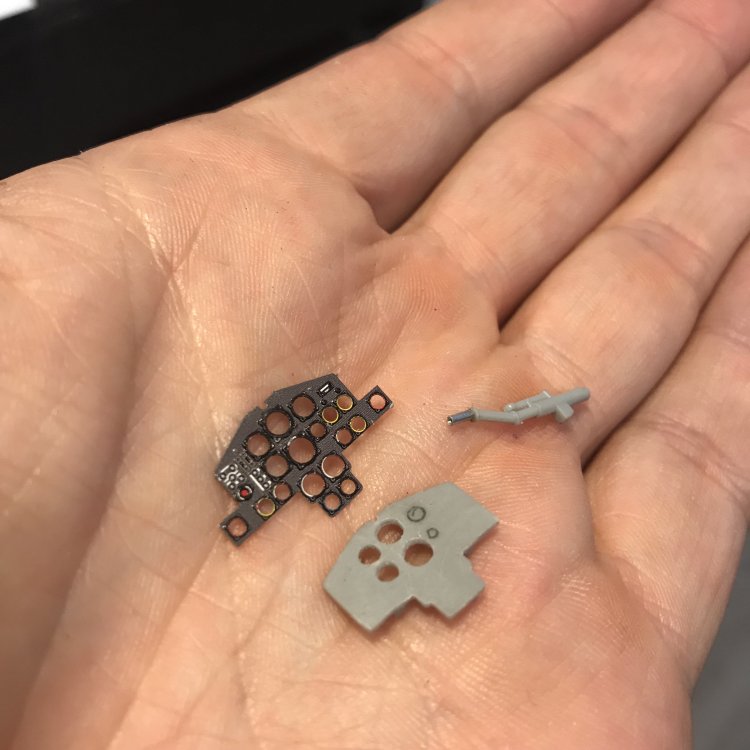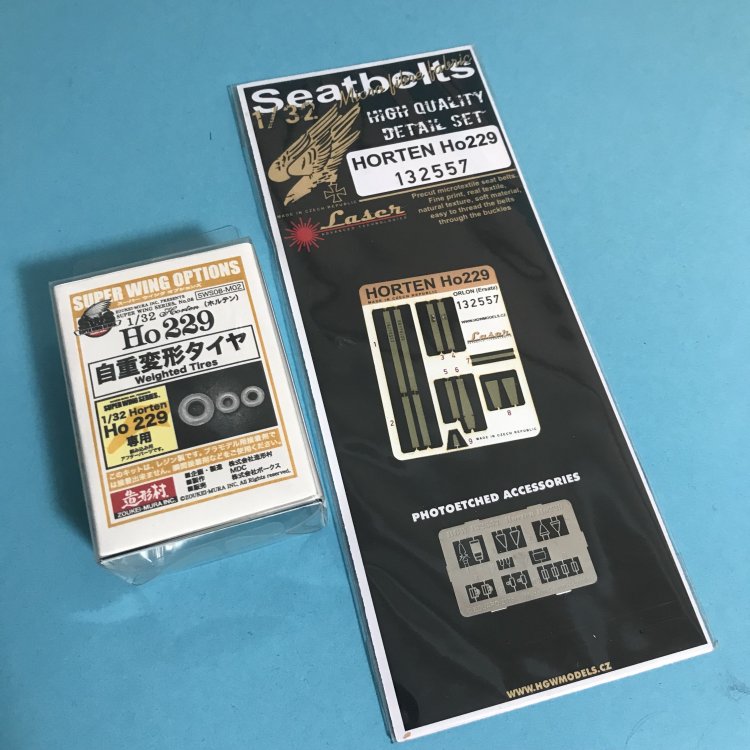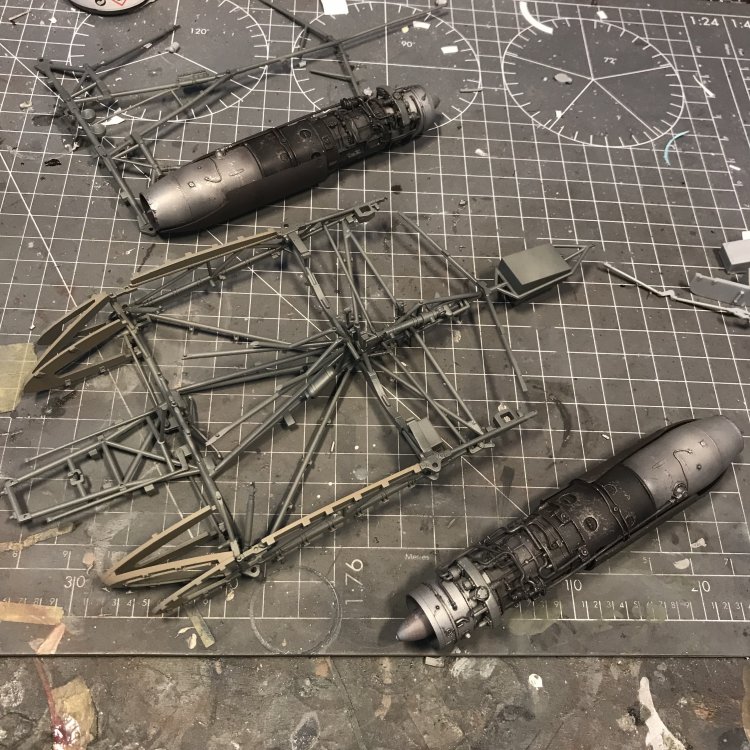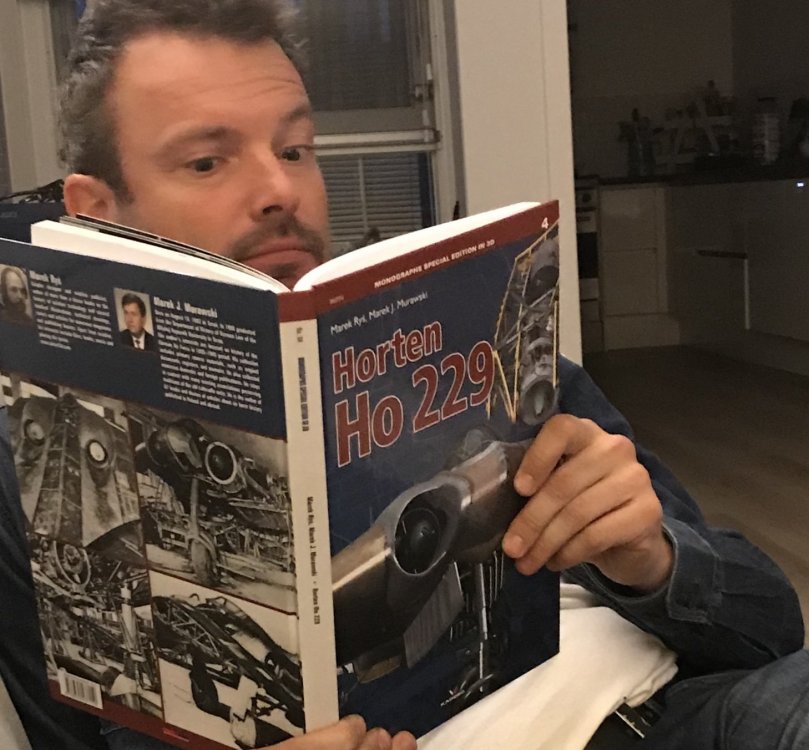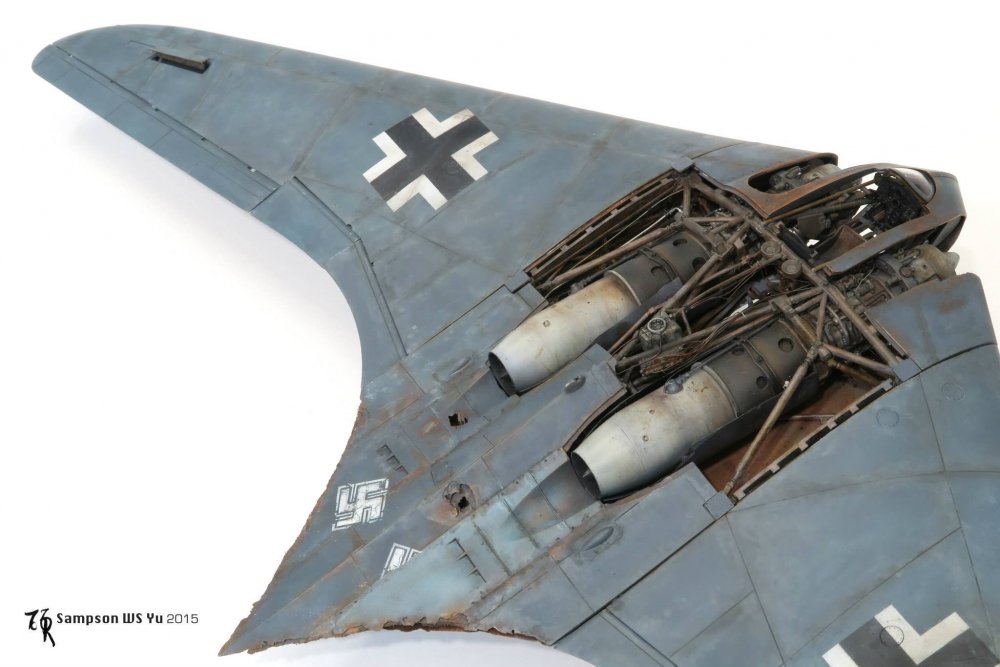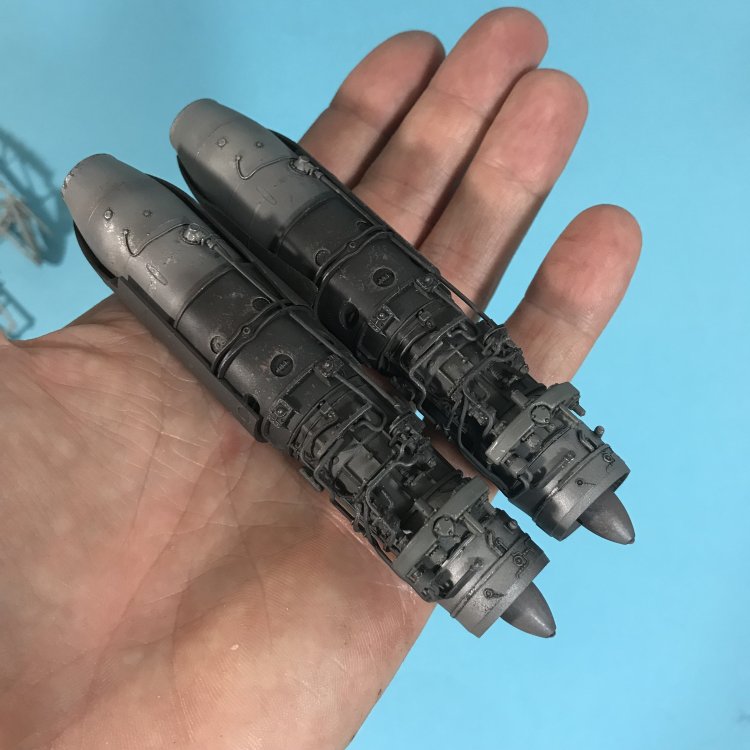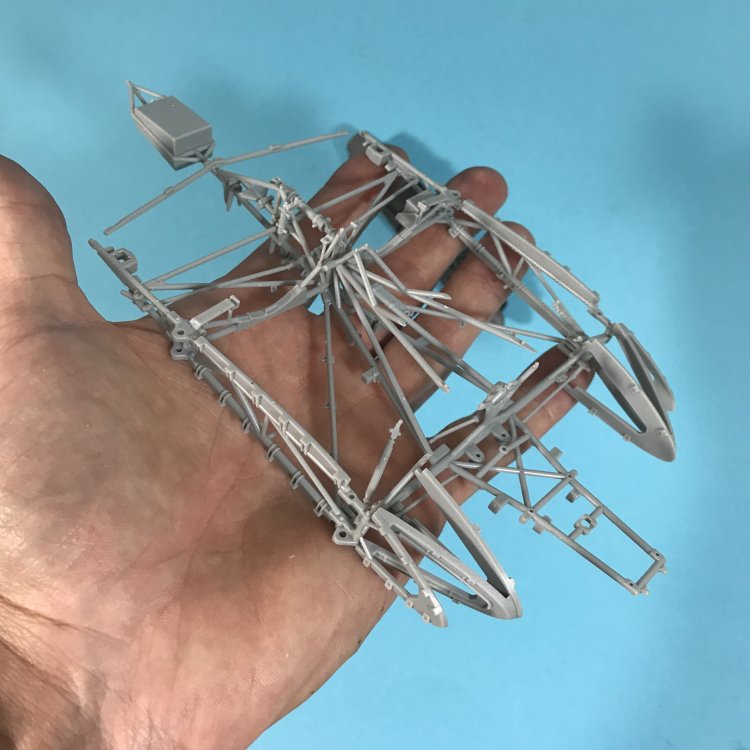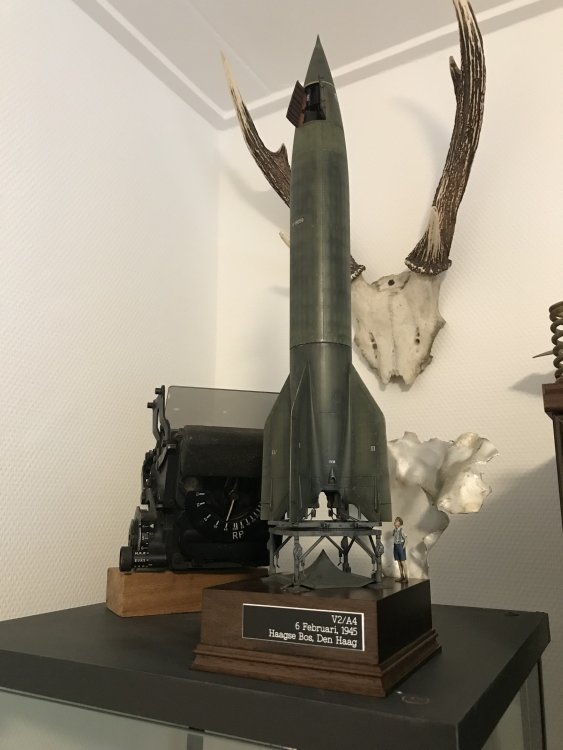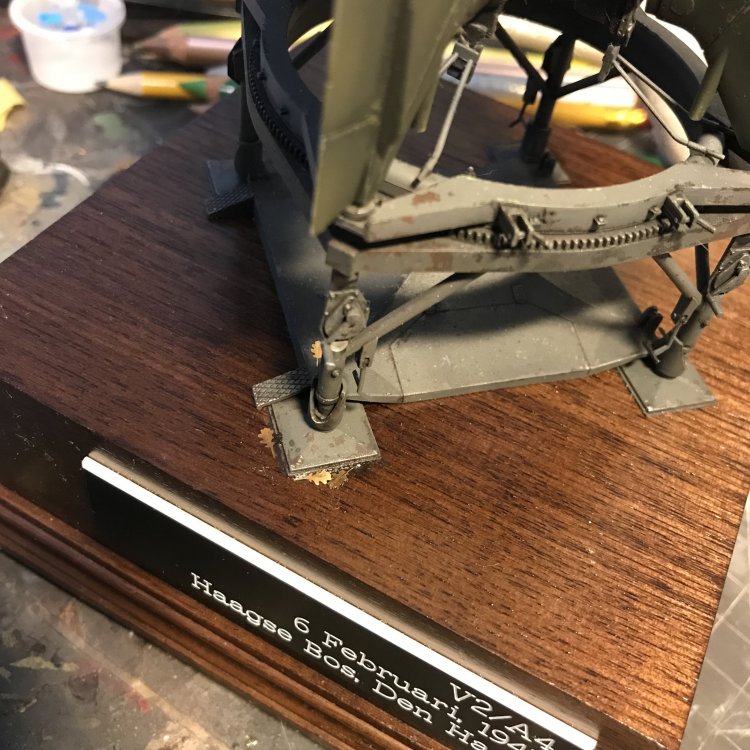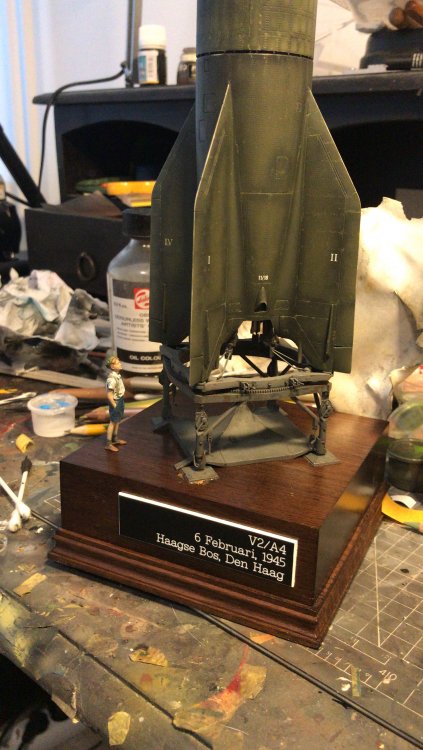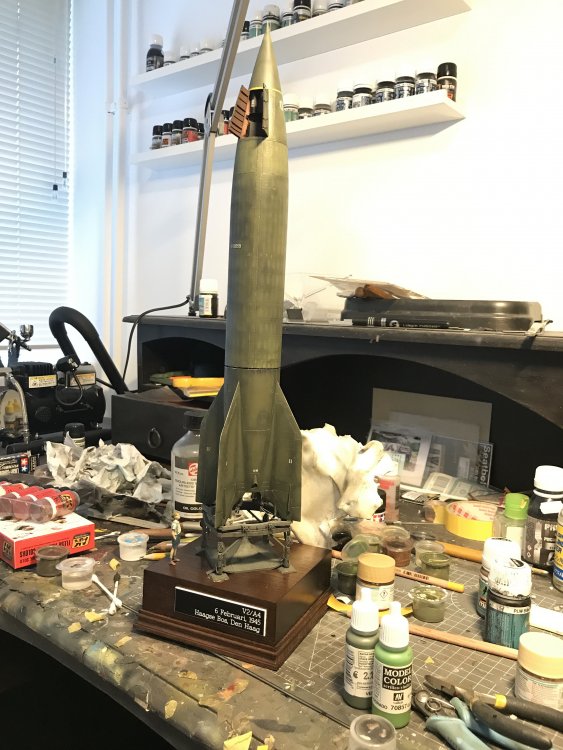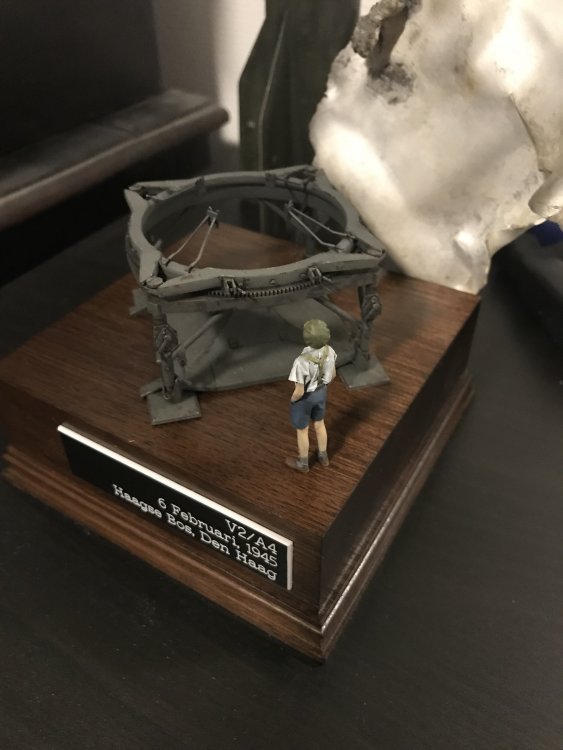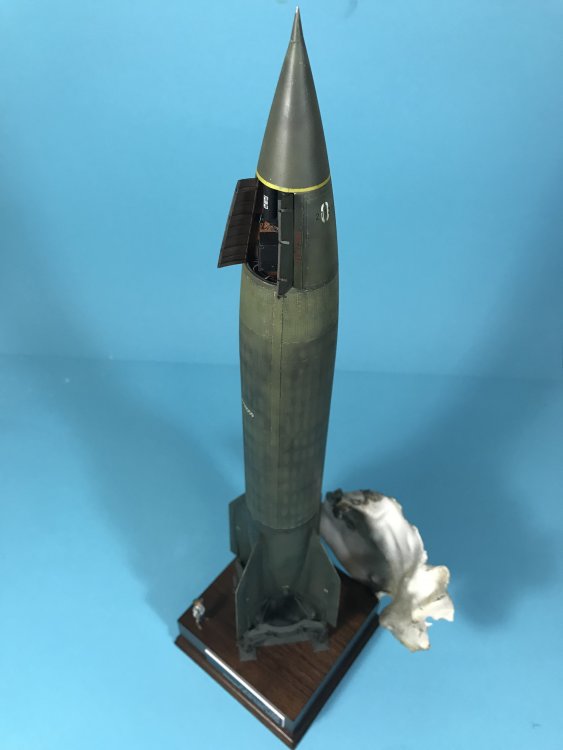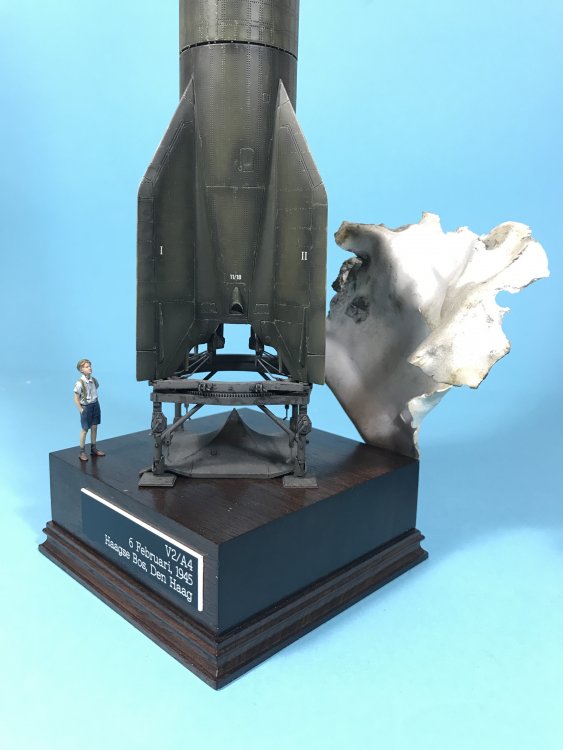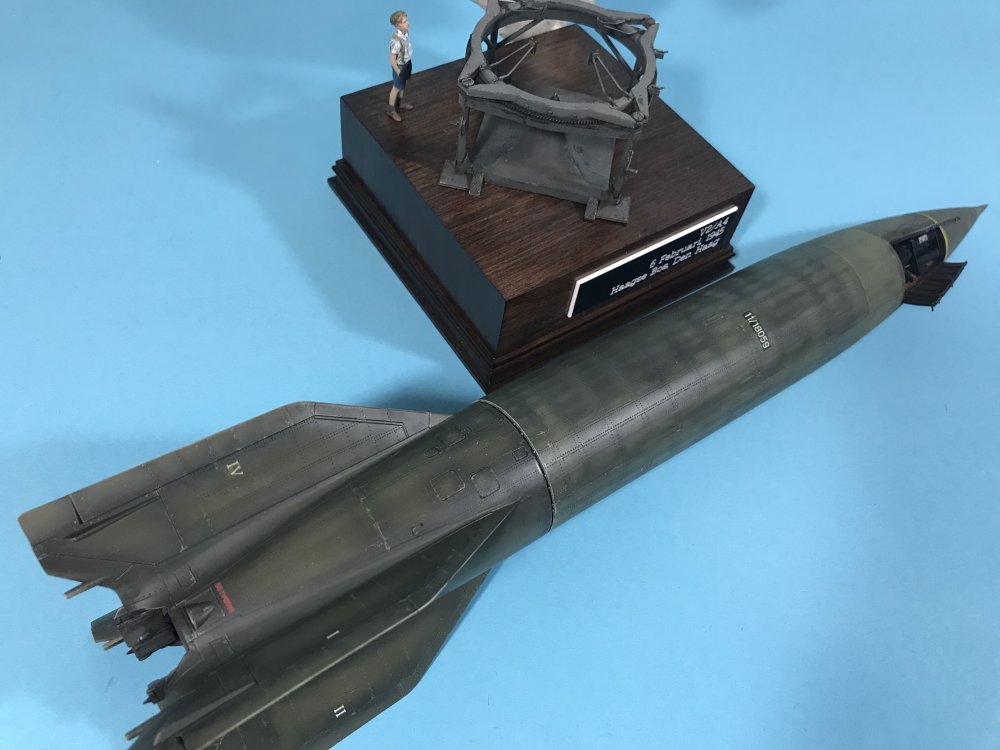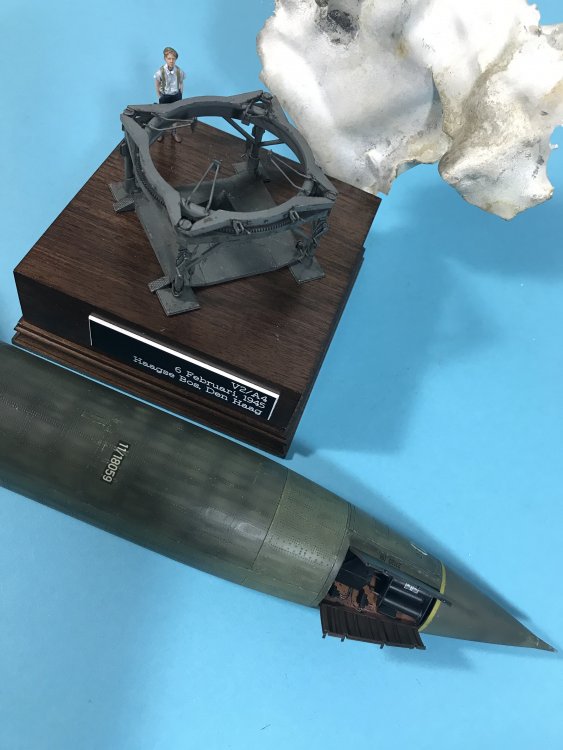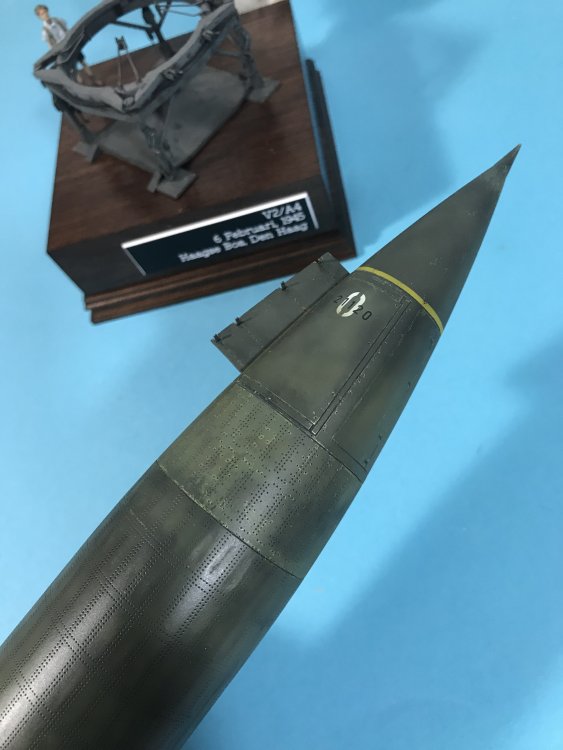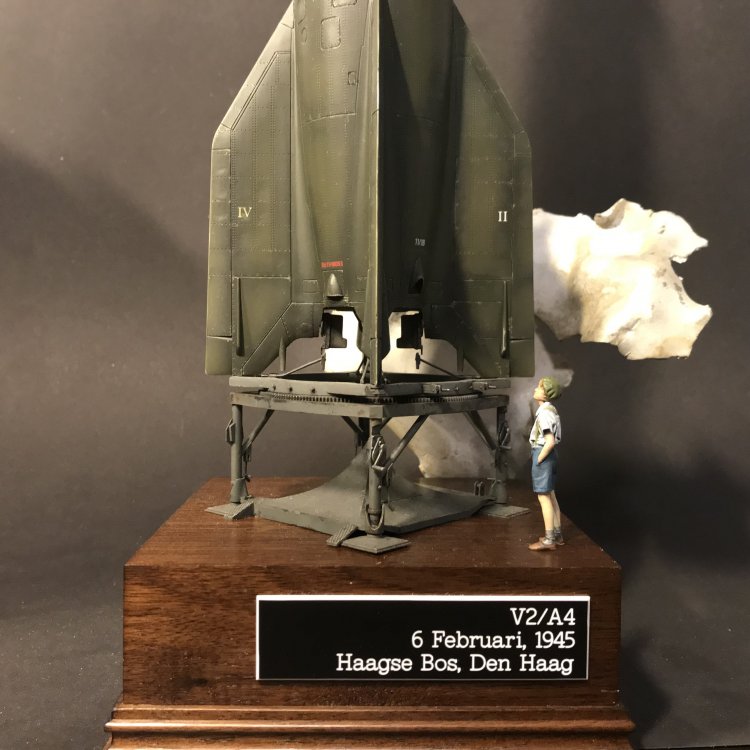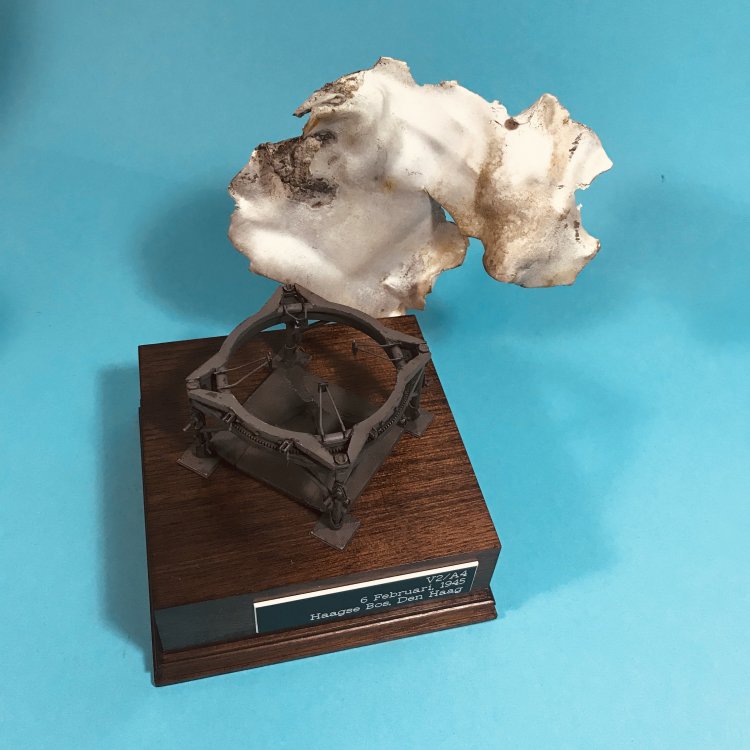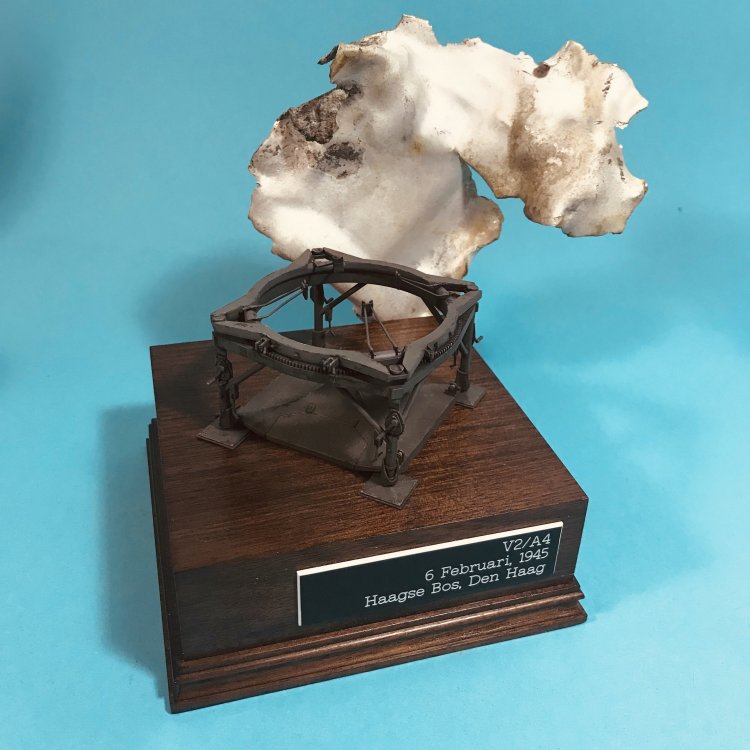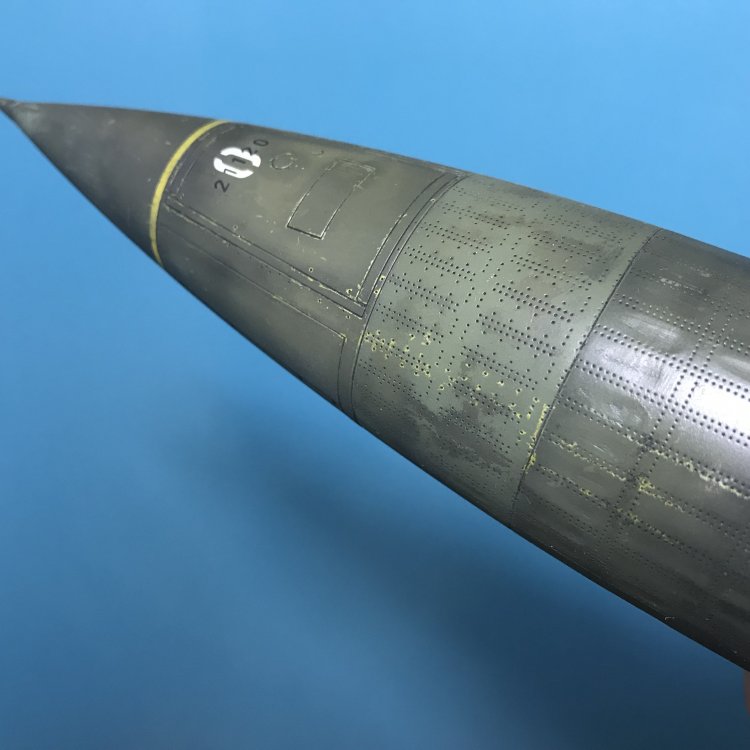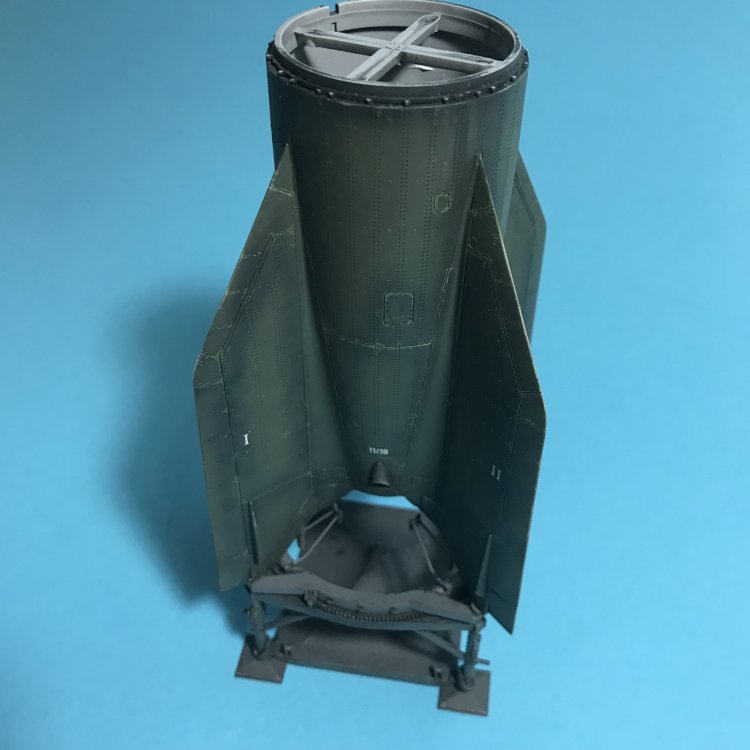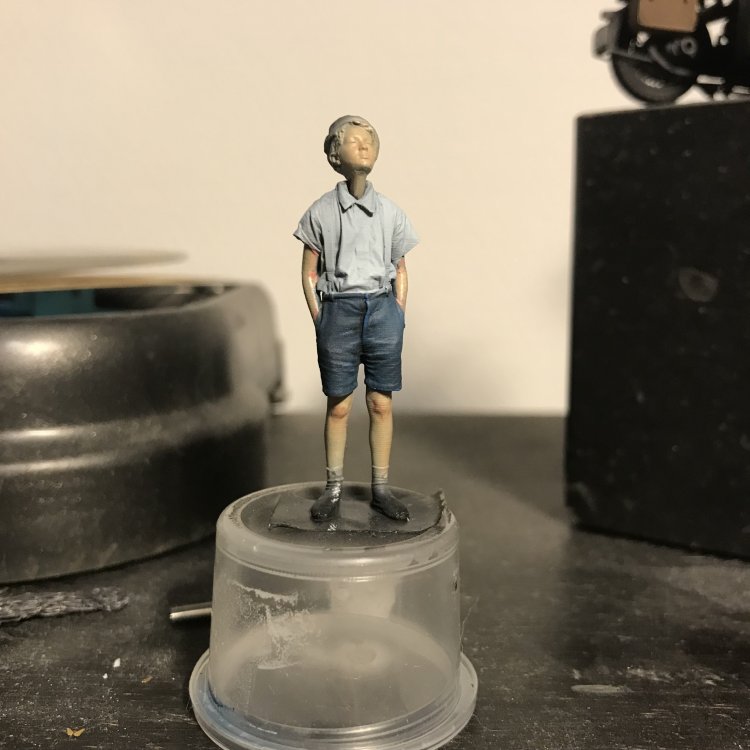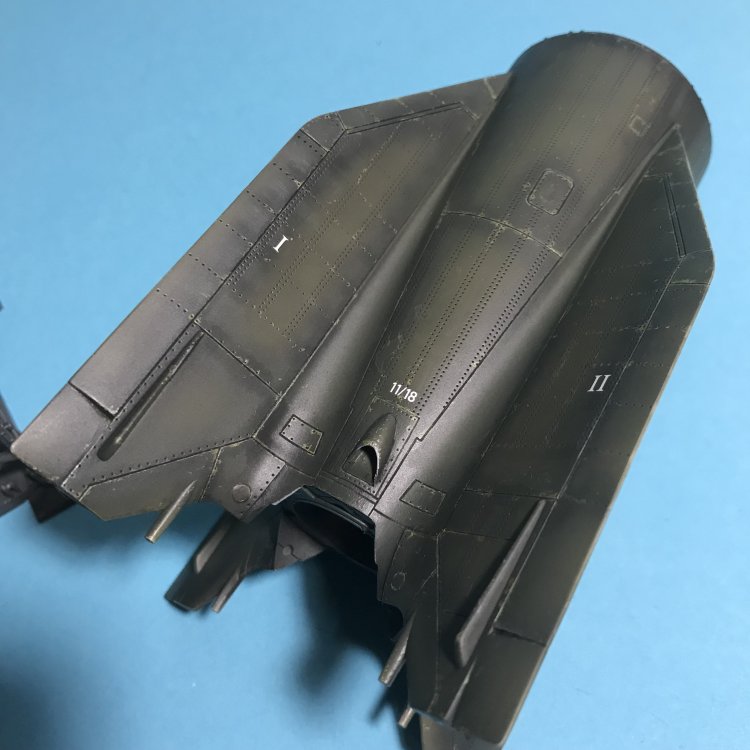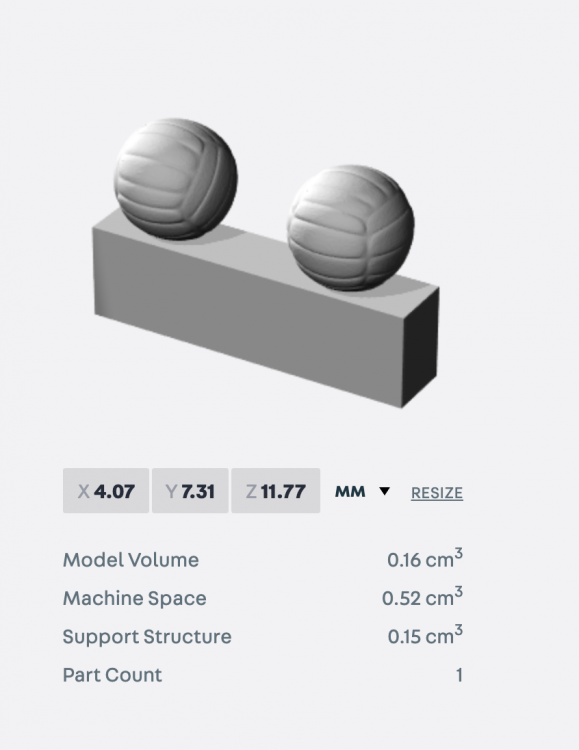-
Posts
4,777 -
Joined
-
Last visited
Content Type
Profiles
Forums
Events
Gallery
Everything posted by JeroenPeters
-
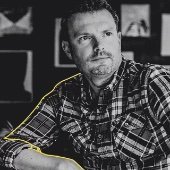
D-Day 75th Anniversary GB interest thread
JeroenPeters replied to Mikester's topic in Modelling Discussion
I'd be in with a Sherman! Fury Sherman. -
Sometimes i get the impression that almost anyone can turn a Tamiya Corsair into a silk purse. I have loads more respect for a really well made Special Hobby kit.
-

Ho229 at the Udvar-Hazy Center
JeroenPeters replied to JeroenPeters's topic in LSM 1/35 and Larger Work In Progress
More work done today! On to the cockpit. took off half of the control stick (as is the case in the NASM one) , replaced it with metal tube and drilling out instruments. Not all the ones’ that are missing in the real thing, but enough to make it look interesting: -

Ho229 at the Udvar-Hazy Center
JeroenPeters replied to JeroenPeters's topic in LSM 1/35 and Larger Work In Progress
Got some more stuff for this build today. Flattened tyres and seatbelts. The NASM machine does not have seatbelts installed but this is where my artistic liberty kicks in -

Ho229 at the Udvar-Hazy Center
JeroenPeters replied to JeroenPeters's topic in LSM 1/35 and Larger Work In Progress
-

Hobby Boss B-24 Liberator
JeroenPeters replied to RAF Liberators's topic in LSM 1/32 and Larger Aircraft Ready for Inspection
Lovely result. I believe this is the first finished example I've seen. Great work and thnx for sharing! -

Ho229 at the Udvar-Hazy Center
JeroenPeters replied to JeroenPeters's topic in LSM 1/35 and Larger Work In Progress
I will attach the wings, but i will pose the mk103 guns seperately on a metal stand. -

Ho229 at the Udvar-Hazy Center
JeroenPeters replied to JeroenPeters's topic in LSM 1/35 and Larger Work In Progress
-

Ho229 at the Udvar-Hazy Center
JeroenPeters replied to JeroenPeters's topic in LSM 1/35 and Larger Work In Progress
Yes i do. And i have all the ‘needed’ AM. Will post a few pics later. -

Ho229 at the Udvar-Hazy Center
JeroenPeters replied to JeroenPeters's topic in LSM 1/35 and Larger Work In Progress
Pffff! This model was done by Sampson Yu ;) -

Ho229 at the Udvar-Hazy Center
JeroenPeters replied to JeroenPeters's topic in LSM 1/35 and Larger Work In Progress
Well it’s not rust. All plywood that has started to come apart and showing its layers. I have some plans for that... -

Ho229 at the Udvar-Hazy Center
JeroenPeters replied to JeroenPeters's topic in LSM 1/35 and Larger Work In Progress
-
Time to to start a new project. This kit has been in my stash a while. Waiting for me to gather the courage. I will be building it in it’s current state: under restoration. Ofcourse with a few creative liberties. It has been excellently done before: The above is my aim and i’ll be happy with half the result. This is where i’m at:
-

Takom 1/35 V2 Rocket
JeroenPeters replied to JeroenPeters's topic in LSM 1/35 and Larger Work In Progress
-

Takom 1/35 V2 Rocket
JeroenPeters replied to JeroenPeters's topic in LSM 1/35 and Larger Work In Progress
-

Takom 1/35 V2 Rocket
JeroenPeters replied to JeroenPeters's topic in LSM 1/35 and Larger Work In Progress
-

Takom 1/35 V2 Rocket
JeroenPeters replied to JeroenPeters's topic in LSM 1/35 and Larger Work In Progress
It was too small. 4mm. Should have been 5mm. Can’t get over it so i’m having it re-printed... -

Takom 1/35 V2 Rocket
JeroenPeters replied to JeroenPeters's topic in LSM 1/35 and Larger Work In Progress
-

DOLPHIN NOSE a.k.a. MI-17A-5 a.k.a. CH-178
JeroenPeters replied to Martinnfb's topic in LSM 1/35 and Larger Work In Progress
How did i miss this??? incredible craftmanship! really enjoying this.. -

Takom 1/35 V2 Rocket
JeroenPeters replied to JeroenPeters's topic in LSM 1/35 and Larger Work In Progress
- 143 replies
-
- 11
-

-

Lemkits 1:32 La-9 - Photos of the first castings
JeroenPeters replied to upor's topic in LSM 1/35 and Larger Work In Progress
Looks great! Thnx for sharing! -

LRDG with 20mm Breda
JeroenPeters replied to Bomber_County's topic in LSM 1/35 and Larger Work In Progress
Really cool subject!!! Are those rubber tyres? I believe this is a fairly old Tamiya kit, but I remember the fit and detail is pretty good. -

Takom 1/35 V2 Rocket
JeroenPeters replied to JeroenPeters's topic in LSM 1/35 and Larger Work In Progress
Thnx guys! Thats useful info once my balls are 3d printed! Started adding depth and scratches woth pencils. -

Takom 1/35 V2 Rocket
JeroenPeters replied to JeroenPeters's topic in LSM 1/35 and Larger Work In Progress
Weather my balls? Well ofcourse! -

Takom 1/35 V2 Rocket
JeroenPeters replied to JeroenPeters's topic in LSM 1/35 and Larger Work In Progress

